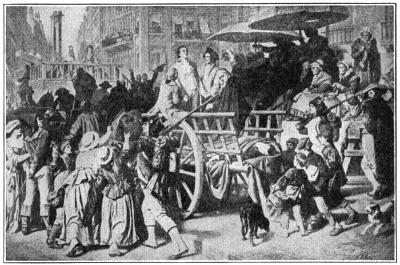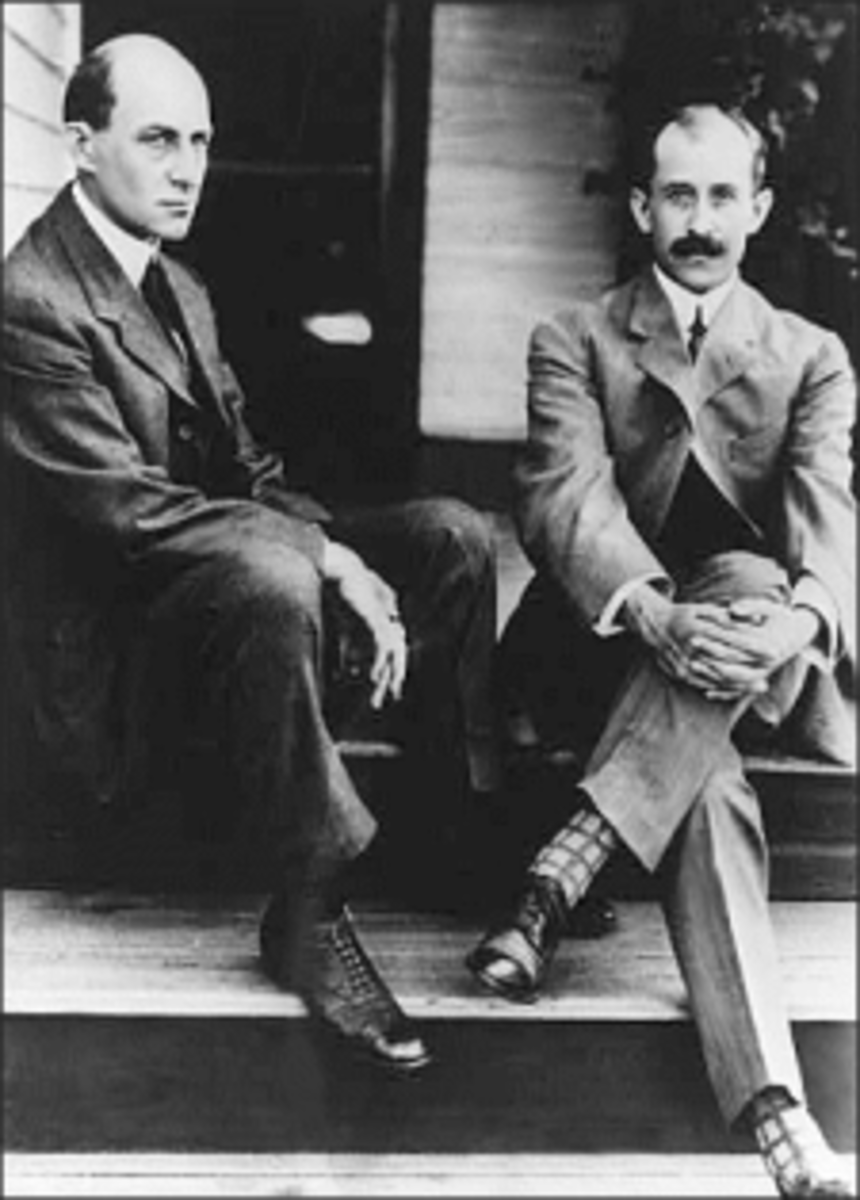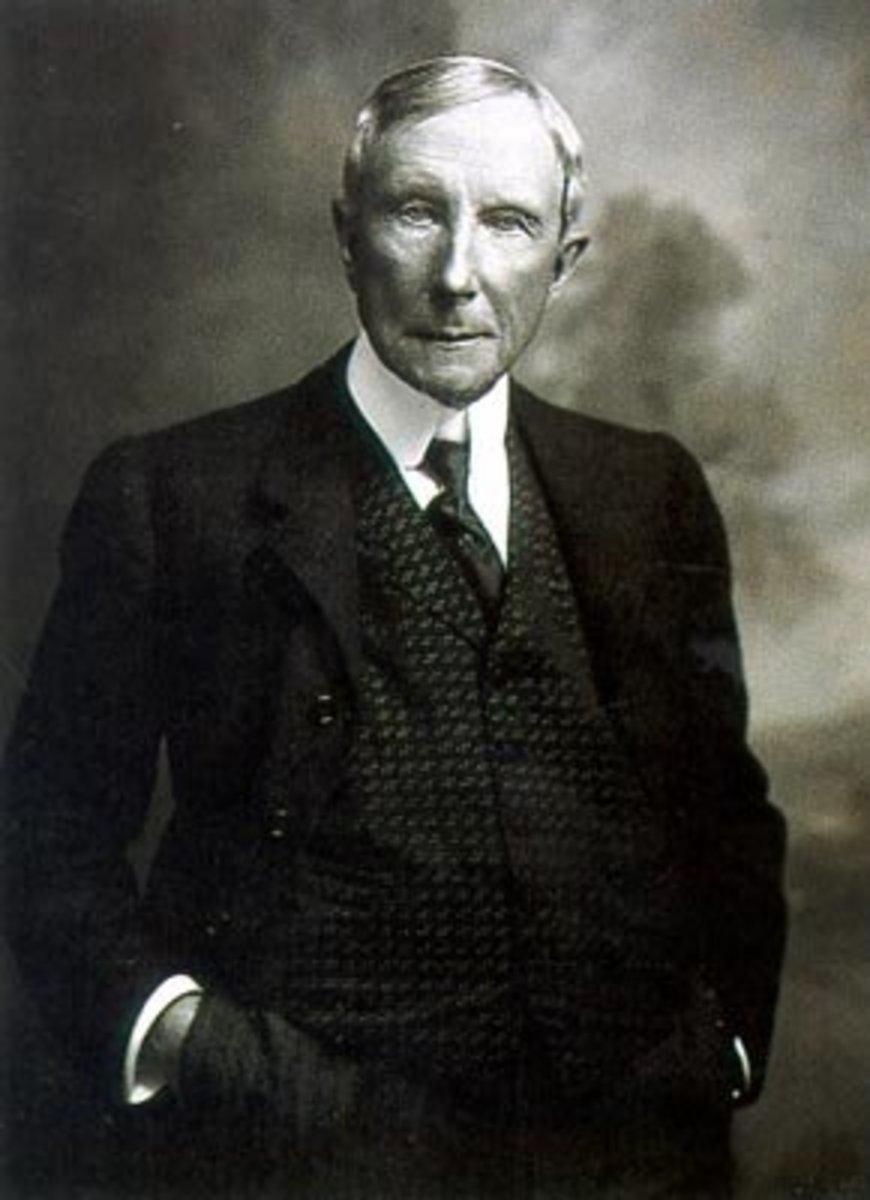James Smithson and the Founding of the Smithsonian Institution

The original benefactor of the Smithsonian Institution, James Smithson, never lived to see the birth of the institution for which he would be most remembered. During his lifetime, Smithson was best known for overturning a popular scientific opinion which held that zinc carbonates were not true carbonate minerals, but were instead zinc oxides. Smithson proved that zinc carbonates were in fact true carbonate minerals, and several years after his death one of these minerals was renamed smithsonite in his honor.
Smithson was born to Elizabeth Hungerford Keate Macie and Hugh Percy. Percy who would later become the 1st Duke of Northumberland, in about 1765. Since Smithson was a child born outside of wedlock, he was born in secret in the city of Paris, and his exact birth date remains a mystery to this day. He was given his mother's last name at birth, and for the greater part of his life was known as “James Lewis Macie,” until in 1801, after the deaths of his parents, he changed his last name to Smithson.
Although Smithson's historical importance largely comes from events which did not occur until after his death, James Smithson did not by any means lead an uneventful life. After the completion of his education at Oxford in 1786, Smithson published 27 scientific papers on subjects ranging from the chemical composition of a woman's teardrop to an exploration and analysis of Kirkdale Cave and the fossils within, in which Smithson successfully showed that the fossils located there were not from the Great Flood, as was previously believed.
Though Smithson's passion in life was the pursuit and application of scientific knowledge, his adventures in life were not limited to the realm of science. Smithson spent the French Revolution in Paris, which would have been an exceptionally dangerous time and place for a wealthy nobleman of status to live after the King and Queen were beheaded and the subsequent Reign of Terror set in - during which time an accusation by the populace that a person was a wealthy gentleman or connected to people of status was all it took to send a victim from the kangaroo courts to the newly unveiled mass killing machine – the guillotine. Smithson was, in fact, a wealthy man whose fortunes resulted from the splitting of his mother's estate with his half brother from her original marriage to the wealthy James Macie, who widowed Elizabeth sometime before Smithson was born. This would have made his presence in Paris during the French Revolution an extremely dangerous circumstance.

In August of 1807, when England and Denmark had their falling out during the Napoleonic Wars, Smithson was taken as a prisoner of war in Tonningen, Germany. After a year, Smithson was able to successfully arrange his transfer to Hamburg, Germany where he was again held under arrest. Citing his ailing health, Smithson beseeched Sir Joseph Banks - President of the Royal Society of London at that time and easily the most influential man in England – to use his influence to get Smithson back to England, which Banks did, eventually securing Smithson's release.
Three years before his death in 1829, James Smithson wrote a will in which his fortunes and estates were to be left to his nephew, Henry James Hungerford. There were, however, several backup plans built into the will, one of which resulted in the creation of the Smithsonian Institution, and which left behind the legacy by which we know the man today.
The will stated that if Smithson outlived his nephew James Hungerford, the estate was to go to Hungerford’s children, of which Hungerford had none at the time of the will's writing – and so a third plan was added in case Hungerford had no children to receive the fortune at the time of Smithson’s death. In that case, the whole of Smithson's estate would be donated to the United States for the purpose of founding an educational institution called the Smithsonian Institution.
Hungerford actually did outlive Smithson, by 6 years. When Hungerford died childless in 1835, Smithson's considerable estate was transferred to the US Government for the purposes of creating the Institution for which we know him today. In 1848 Congress Established the Smithsonian Institution.
But amazingly, Smithson's adventures were still not at an end. Many years after Smithson's death, his grave plot in Genoa, Italy came under attack. The cemetery in which Smithson lay was adjacent to a large and ever-expanding marble quarry, and while the surface of the burial ground belonged to the British, the earth beneath it belonged to the Italians. In 1900 the marble quarry's owners informed the British that the cemetery would be demolished by 1905 to facilitate their blasting for marble.
When he heard of the problem, world famous American inventor Alexander Graham Bell decided to spend the Christmas season of 1903 traveling with his wife at their own expense to exhume Smithson's remains and have them transferred to the United States. In January of 1904 they were delivered to the Smithsonian Institution, and Smithson was finally entombed on March 6th, 1905.







